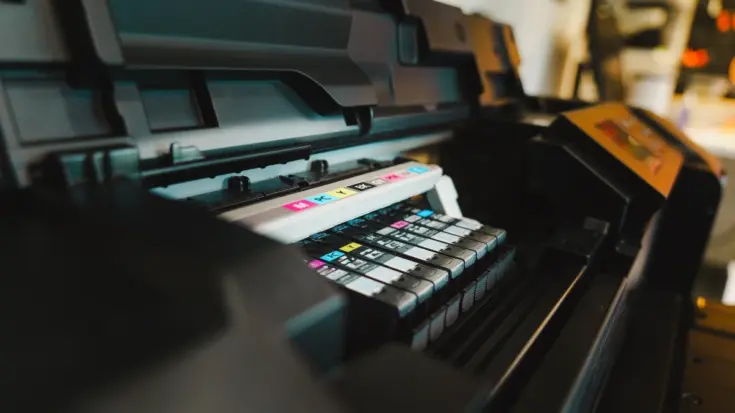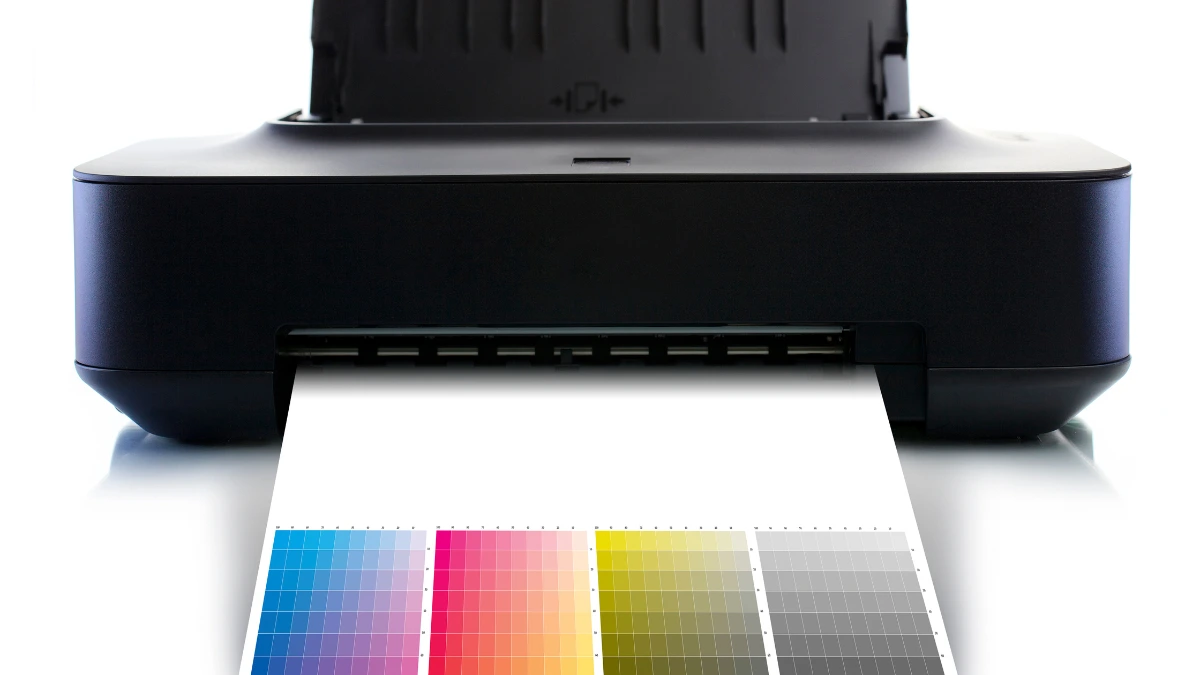The presence of a printer provides the ability to convert digital data, such as documents, photos, or images, into physical form. One type of printer is an inkjet printer, which offers several key functions and advantages.
The functions of an inkjet printer include being able to print on various media as well as printing codes and product information. Moreover, the advantages include good color print quality, print media flexibility, and relatively easy maintenance.
This article will give you information on inkjet printers, including definitions, how it works, functions, the advantages, and disadvantages they have.
Also Read
Table of Contents
What is an Inkjet Printer?

An inkjet printer is a type of device that prints by spraying small drops of ink according to the requested digital data. This device is suitable for printing high-quality photos and documents.
However, you should consider the higher cost of ink in the long run, especially when printing large quantities.
How Does an Inkjet Printer Work?
The way an inkjet printer works is quite simple yet effective. Here are the main steps in the printing process:
- Preparing the data: Prepare the data you want to print from another device and send it to the printer.
- The printer translates the data: The digital data is translated by the printer into dots that will be printed.
- Ink spraying: The printhead vibrates when electricity is applied to push the ink out of the nozzle.
- Paper movement: The paper, as the printing medium, moves to create the pattern generated by the printer.
Inkjet printers use two types of ink: dye-based and pigment-based. Dye-based ink is more suitable for printing photos because it produces brighter, more vibrant colors. On the other hand, pigment-based ink is ideal for everyday document printing because it is durable and fade-resistant.
The Functions of an Inkjet Printer

The inkjet printer has several functions, from being able to print on various media to printing codes and product information. Here are some of its functions:
- Able to print on various media: Not only plain paper, this type of printer can also print on media such as stickers, business cards, envelopes, and some types of fabric.
- High-quality photo printing: Specially designed to print high-quality photos with sharp and detailed results.
- Printing codes and product information: Can be used to print production codes, expiration dates, or other information on product packaging in the industry.
The Advantages of Inkjet Printer
The inkjet printer has several advantages, from good color print quality, print media flexibility, to relatively easy maintenance. Here are some of its main advantages in detail:
1. Good color print quality

One of the advantages of inkjet printers is their good color print quality. These devices are capable of printing very good and sharp colors with smoother gradations. This is very important for printing images, graphics, or designs that require accurate color reproduction.
2. Multifunctionality
Multifunctionality is another advantage of inkjet printers. Many models offer not only printing capabilities but also other functions such as copying and scanning. These capabilities can be very useful for offices, small businesses, or even personal use at home.
3. Print media flexibility
With an inkjet printer, users can print on various types of print media. This device can print on various types of paper, such as photo paper, textured paper, envelopes, and even some other media.
4. Easy to use
Ease of use is another advantage of inkjet printers. Designed with a user-friendly interface and simple installation, users will have no difficulty using the device.
5. Relatively easy maintenance
Another advantage of inkjet printers is that they are relatively easy to maintain. Generally, these devices only require ink cartridge replacement when they run out, without any special periodic maintenance.
The Disadvantages of Inkjet Printer
Despite its advantages, this type of printers have several common disadvantages that should be considered:
- Slow printing speed: Slower than laser printers, especially when printing large documents or high-quality images.
- High operating costs: Inkjet cartridges tend to be expensive, so frequent printing will affect operating costs.
- Risk of ink drying out: If not used regularly, the ink in the print head can dry out, leading to poor print quality or, in severe cases, causing damage.
Conclusion
Those are the definitions, how it works, functions, advantages, and disadvantages of this type of printer that you need to know.
This printer, you will get good color quality prints on a variety of media. However, you still need to consider the slow printing speed and operational costs that can increase if used too often or even if used infrequently.
If you need an easy-to-use device for printing at home, in the office, or for a small business, an inkjet printer is the right choice. Your printing needs will be well met without the need for complicated maintenance over the long term.












